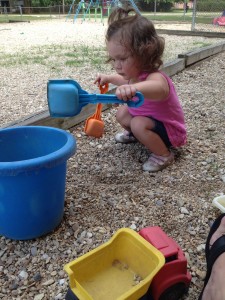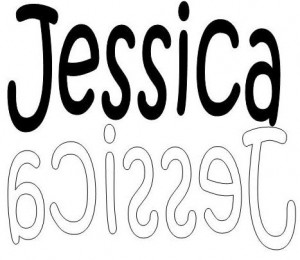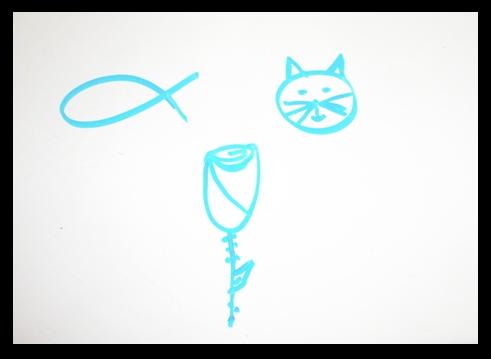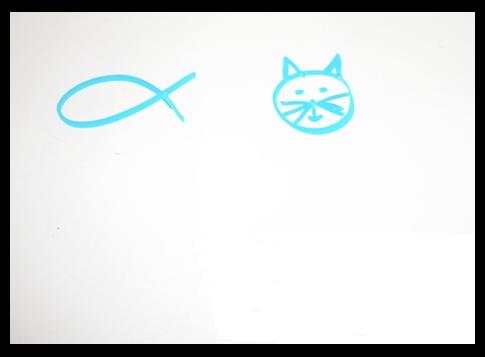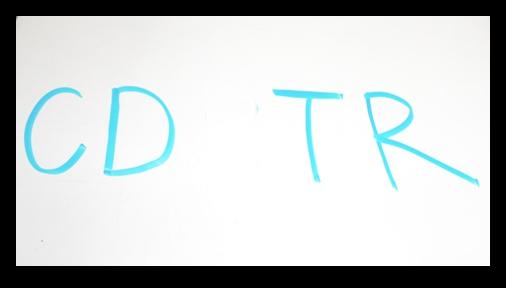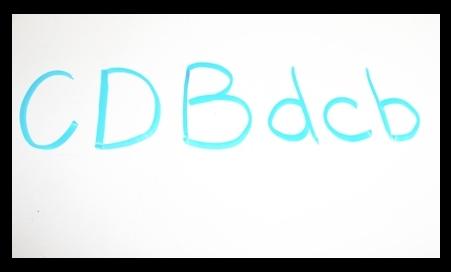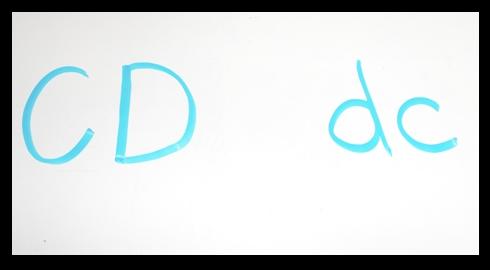I just have to share a funny moment between my 3 year old and myself today…
I have been working on blending sounds with Leyson and today I wanted to test his understanding…
Me: “/b/, /a/, /t/. Put it together…”
Leyson: silence
Me: “/b/, /at/. Put it together…”
Leyson: silence
Me: “/b/, /a/, /t/. /b/, /at/. Put it together…bat. Let’s try another.
Leyson: “No. /t/,/A/,/k/,/i/,/t/,/u/, /p/, /ar/, /t/. Take it apart!”
I don’t think he likes blending, but at least he figured out segmenting on his own! And it’s pretty obvious that despite my classroom background, my own kids aren’t always receptive to my teaching efforts.
However, when they ARE excited about learning, how do I teach about blending and segmenting? Blending is taking separate sounds and putting them together to make a blended sound and segmenting is taking them apart, separating the sounds. That’s easy to remember, right?
I blend and segment a LOT as if it’s perfectly natural to do in conversation. My kids and I will be talking about baseball and I will say something like, “Don’t forget your baseball bat! /b/ /a/ /t/ put it together… BAT!”
(Letters inside of / / represents the sound those letters make.)
When I say “put it together” I take my two index fingers and bring them together to add a little visual to our blending efforts. And would you believe that to “take them apart” I touch my fingers together and move them apart from each other? I’d like to take credit for that simple little trick, but alas, someone got to the wheel before me.
When playing I also use toys to help me sound things out as well. Today I used Hot Wheels to help me blend the sounds together. I grabbed three cars to segment DOG – /d/ /o/ /g/ – and each time I said a sound, I moved a car up an inch. This allows your child to visualize how many different sounds are within one word. Three cars = three different sounds.
Kids really pick up on this repetition, and through that they begin to do the same thing in their heads. They can better hear the differences between the sounds in words and how sounds work together to make words. This is beneficial for when we sit down with written words and can break them down sound by sound then piece them back together. Blending and segmenting are essential skills to learn in order to be able to READ! This is also a skill that is often looked over in early reading programs that teach reading through visual repeitions such as flash cards.
Even after all this talk lately about putting sounds together and taking them apart, Leyson still missed the mark completely when showing off his baseball trophy with his name on it…
Leyson: “L…e…y…s…o…n. That spells ‘mine.'”
So just because he’s blending and segmenting does not mean that he’s reading quiet yet, but baby steps!
Side note: your child does not have to know all 26 shapes of letters and their sounds for you to begin the habit of blending and segmenting sounds in everyday conversation. Your goal for this is EXPOSURE… and through repetitive exposure, your child will begin to grasp the CONCEPT of phonemic awareness: letters make sounds, sounds when put together make words, words are separated from other words and when put together they make phrases and sentences which make up our thoughts and conversations on and on and on! When we understand this concept, we are ready to learn how to READ!


